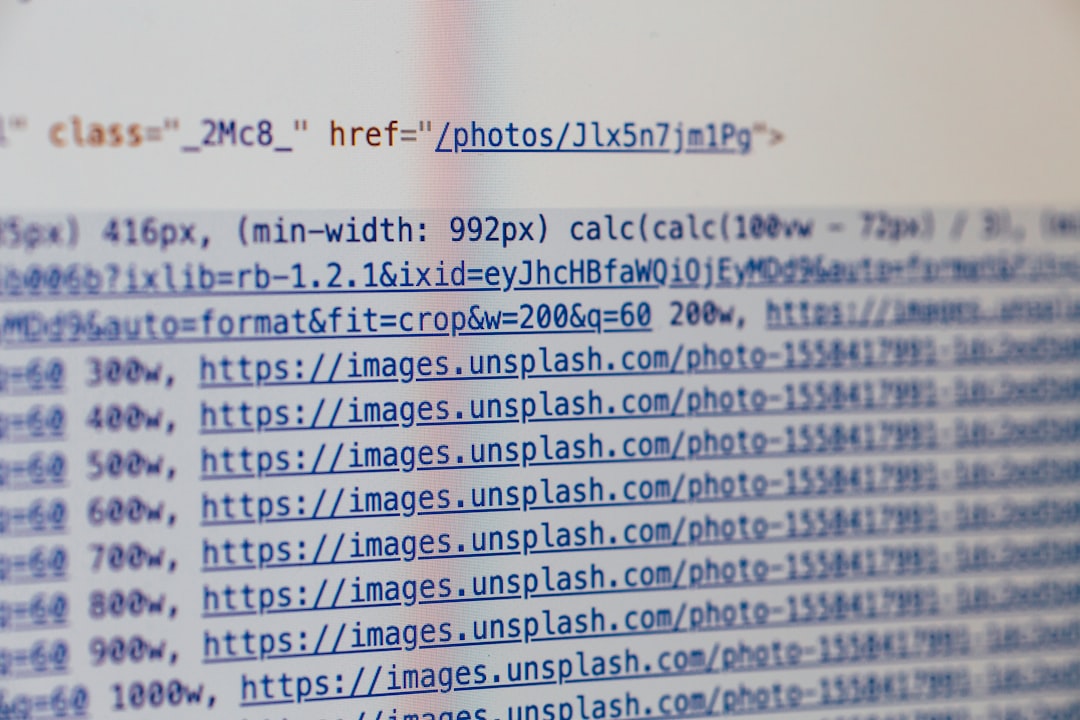Picture this: You’ve crafted the perfect form. Everything looks great on the front end. You fill it out, click submit… and then *boom!* —nothing happens. Or worse, you get an HTTP 422 error. What gives?
Welcome to the curious case of Popup Maker’s AJAX submit woes, where complex forms were silently failing. Let’s unpack what went wrong, and how a little thing called “validation normalization” saved the day.
TLDR:
Popup Maker was returning HTTP 422 errors when submitting complex forms via AJAX. The root cause? Inconsistent input validation. Some fields were expected to exist, but didn’t make it into the submission due to how browsers handled it. The fix was “validation normalization,” a process that ensures the form data and validation rules are playing by the same rules. Simple concept, huge difference!
First, what is HTTP 422 anyway?
An HTTP 422 error means “Unprocessable Entity.” The server got the request but couldn’t process it because something didn’t validate. It’s like handing your barista a coffee order that says “One unicorn frappuccino with extra mysticism” —the coffee shop doesn’t know what to do with that.
The most common reasons for 422 include:
- Missing required fields
- Unexpected data format
- Fields that fail internal validation
In the case of Popup Maker, the error was happening with complex or dynamic forms. Basic forms submitted fine. But as soon as conditions, logic, or hidden fields got involved —cue the sad trombone.
AJAX: The behind-the-scenes magician
AJAX (Asynchronous JavaScript and XML) lets your webpage send or get data from a server without refreshing. That’s awesome for popups, because nobody wants their screen flickering every time they sign up for a newsletter.
But AJAX has a downside: errors often don’t scream at you. If something breaks silently, you only find out when a frustrated visitor sends you a 12-paragraph email.
Popup Maker’s AJAX system worked fine… until things got complex.
Wait, what do you mean by “complex” forms?
Good question! Complex forms typically include:
- Conditional logic (show/hide fields)
- Multi-part fields like names or address blocks
- Inputs generated through JavaScript
- Custom validation rules
In some of these cases, the backend expected a field to always appear. But if it was hidden or never filled in, the browser didn’t include it in form data. Which led to… you guessed it: 422 errors.
But here’s the tricky part: The error wasn’t loud. It failed silently. No screaming red text, just… nothing.

The silent failure: User submits, nothing happens
When this type of error occurred, the server responded with 422, but the user wouldn’t see an error message because Popup Maker’s AJAX didn’t surface those issues. The submission just failed quietly.
This made debugging hard and frustrated users, developers, and ticket support staff alike.
The “Aha!” moment: It’s all about validation expectations
It turned out the backend was using validation rules that expected certain fields to always be present. But when the form didn’t actually send those fields —because of display logic or browser behavior— the backend freaked out.
The validation process needed to play nicely with modern, JavaScript-powered forms. Otherwise, the data and the validation would never agree.
Enter: Validation Normalization
The team introduced a nifty process called *validation normalization*. It sounds fancy, but it’s a simple idea:
Make sure the structure of the submitted data matches the expectations of the validation system.
They did this in three steps:
- Simplify complex fields: Break down grouped fields (like name_first and name_last) into basic pieces that could be validated one by one.
- Fill in missing fields with nulls: If the server expected a field but didn’t receive it, it got added with a “null” value —no more surprises.
- Restructure the input data: Input arrays were made uniform, even if only one option was selected.
By doing this, the backend validation rules had all the pieces it expected—every time.
Now, even if a field was hidden or not interacted with, at least its absence was accounted for. No more mystery 422s.
How this helped real users
After this fix, developers started seeing:
- Fewer AJAX submission errors
- Shorter debug cycles
- Happier users who saw actual error messages when needed
Forms that used to randomly fail now behaved predictably. If something was wrong, the user saw an error message. If everything was good, it just worked.

Bonus benefit: Easier field customization
This new system also made it easier for developers to create custom fields or add dynamic logic —without worrying that the backend would choke on missing values.
Here are a few cool things you can now do safely:
- Add custom checkbox fields that hide based on previous answers
- Include optional inputs that don’t have to post data
- Dynamically generate select options using JavaScript
Validation normalization makes the form-handling system smarter. It understands that not every input will be filled out, and that’s okay—as long as the system knows about it.
Why does this matter?
If you’re building modern web forms, this affects you. Validation isn’t just about catching errors; it’s about making sure every piece of the system agrees on what “valid” means.
Without normalized data, your frontend might say, “Yes! All set!” while your backend is quietly calling 911.
How to avoid this type of issue in your own forms
If you’re using Popup Maker or another AJAX-based form system, here are tips to prevent silent failures:
- Know what your backend expects: If a field is required in your validation config, make sure the frontend always includes it—even if it’s empty.
- Include missing fields with null values: Don’t rely on the browser to insert values for you.
- Normalize form structures early: Before the data hits your AJAX call, shape it the way your server wants.
Better safe than silently broken!
Conclusion: It was never about complexity—it was about assumptions
The Popup Maker 422 mystery showed how even little assumptions—like “this field will always be sent”—can create big headaches.
Validation normalization doesn’t just fix 422s. It makes everyone’s life easier: Developers know what to expect. Users get clear feedback. Support teams get fewer tickets.
And you? You get to sleep better at night.
Always normalize. Always validate. Always party responsibly.

